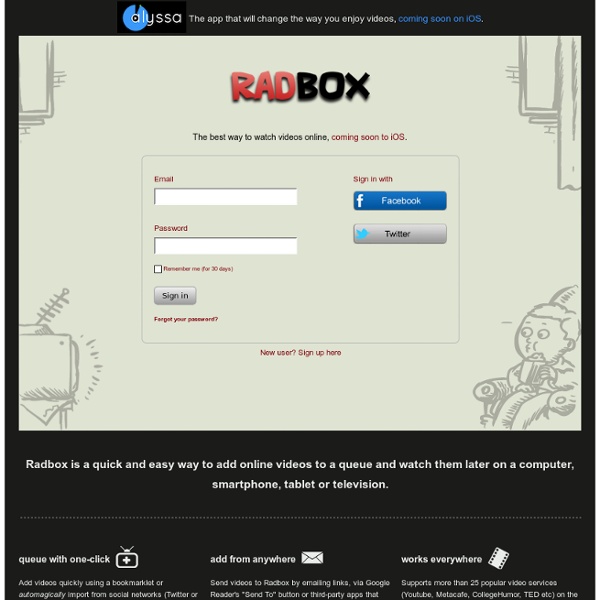



Google Tutor: Tutorials and Tips for Google Users Skloog.com - Visual bookmarking made easy Hermeticism Philosophy based on the teachings of Hermes Trismegistus Hermeticism, or Hermetism, is a philosophical system that is primarily based on the purported teachings of Hermes Trismegistus (a legendary Hellenistic combination of the Greek god Hermes and the Egyptian god Thoth).[1] These teachings are contained in the various writings attributed to Hermes (the Hermetica), which were produced over a period spanning many centuries (c. 300 BCE – 1200 CE), and may be very different in content and scope.[2] In 1964, Frances A. Yates advanced the thesis that Renaissance Hermeticism, or what she called "the Hermetic tradition", had been a crucial factor in the development of modern science.[7] While Yates's thesis has since been largely rejected,[8] the important role played by the 'Hermetic' science of alchemy in the thought of such figures as Jan Baptist van Helmont (1580–1644), Robert Boyle (1627–1691) or Isaac Newton (1642–1727) has been amply demonstrated.[9] Etymology[edit] History[edit]
QR Code generator - create QR Codes (for free) [logo, business card, vCard, t-shirt, mug] - goQR.me FollowUpThen: Free, Fast and Simple Email Reminder Gimme Bar | Home Third eye A Cambodian Shiva head showing a third eye. In some traditions such as Hinduism, the third eye is said to be located around the middle of the forehead, slightly above the junction of the eyebrows. In other traditions, as in Theosophy, it is believed to be connected with the pineal gland. According to this theory, humans had in far ancient times an actual third eye in the back of the head with a physical and spiritual function. Over time, as humans evolved, this eye atrophied and sunk into what today is known as the pineal gland.[3] Dr. In religion[edit] Hindu tradition associates the third eye with the ajna, or brow, chakra.[1] In Taoism and many traditional Chinese religious sects such as Chan (a cousin to the Zen school), "third eye training" involves focusing attention on the point between the eyebrows with the eyes closed, and while the body is in various qigong postures. Adherents of theosophist H.P. See also[edit] References[edit] Citations[edit] Bibliography[edit] Hale, Teresa (1999).
Moglue - How to make an app book Share Book Recommendations With Your Friends, Join Book Clubs, Answer Trivia The Lie We Live Exposing the truth about our corrupt world and what humanity has become. This is a short documentary film I made and wrote questioning our freedom, the education system, corporations, money, the American capitalist system, the US government, world collapse, the environment, climate change, genetically modified food, and our treatment of animals. Subscribe if you’d like to see more videos: My name is Spencer Cathcart and if you want to contact me email freshtastical@gmail.com Songs used: 1) Iron Dragon – Alliance 2) Dynasty – Initiative – CMX 3) Above All – Petteri Sainio4) Fringe Authority – Fan Boys – CMX 5) Immediate Music – Overcome Anything 6) Confidential Music – Paradise Lost 7) Heart of the Rebellion – Fan Boys – CMX